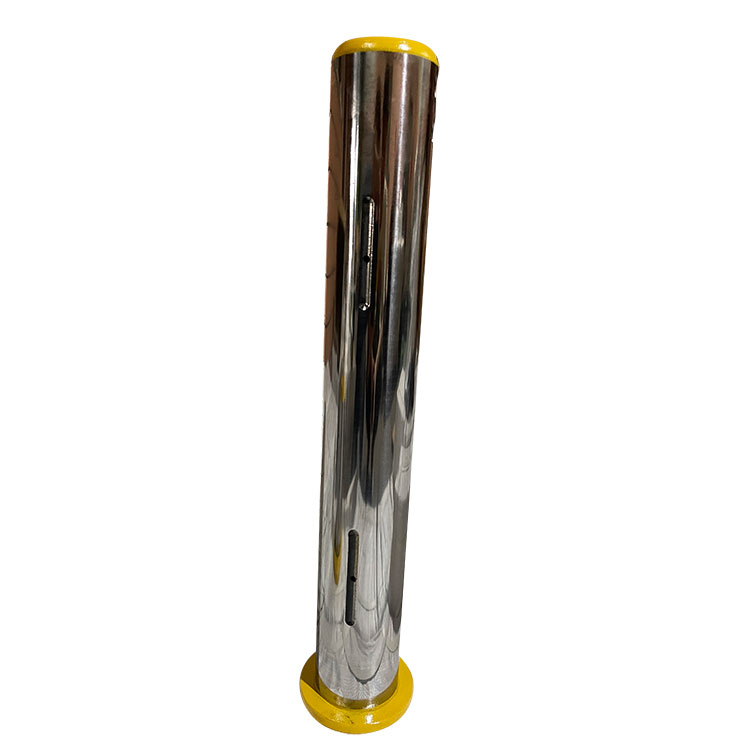Understanding the Key Factors Influencing the Selection of the Right Cylinder Pin for Your Application
2024-03-08
Introduction:
Cylinder pins are essential components in various mechanical systems, serving purposes such as alignment, locking, and actuation. Choosing the appropriate cylinder pin for a specific application is crucial for ensuring optimal performance, durability, and safety. In this blog post, we'll explore the key factors that influence the selection of the right cylinder pin for a given application.
Material:
One of the primary considerations when selecting a cylinder pin is the material from which it is made. The choice of material depends on factors such as the application's environment, load requirements, and desired properties such as corrosion resistance, wear resistance, and strength. Common materials for cylinder pins include stainless steel, carbon steel, brass, aluminum, and various alloys. Each material has its advantages and limitations, so it's essential to carefully assess the specific needs of the application before making a selection.
Size and Dimensions:
The size and dimensions of the cylinder pin play a significant role in its suitability for a particular application. Factors to consider include the pin's diameter, length, and tolerance requirements. The pin's diameter should be selected to provide sufficient strength to withstand the anticipated loads while fitting securely within the mating components. Additionally, the length of the pin must be adequate to ensure proper engagement and alignment without protruding excessively or interfering with surrounding elements. Tolerance considerations are crucial for ensuring a proper fit and smooth operation within the assembly.
Load Capacity:
The load capacity of the cylinder pin refers to its ability to withstand applied forces without deformation or failure. When selecting a pin for an application, it's essential to consider the expected load conditions, including static, dynamic, and impact loads. Factors such as the material properties, pin diameter, and design features such as grooves or flanges can influence the pin's load-carrying capacity. Engineering calculations or simulations may be necessary to determine the appropriate pin size and configuration to meet the application's load requirements safely.
Environmental Factors:
The operating environment of the application is another critical consideration when selecting a cylinder pin. Factors such as temperature extremes, exposure to moisture, chemicals, abrasives, and other environmental hazards can affect the pin's performance and longevity. Choosing a pin with suitable corrosion resistance, surface treatments, or protective coatings can help mitigate the effects of harsh environments and extend the pin's service life.
Installation and Maintenance Requirements:
Consideration should also be given to the ease of installation and maintenance of the cylinder pin. Depending on the application, factors such as accessibility, assembly procedures, and the need for periodic inspection or replacement may influence the selection of a particular pin design. Pins with features such as chamfered ends, knurled surfaces, or captive designs can simplify installation and enhance serviceability, reducing downtime and maintenance costs.
Cost and Availability:
Finally, cost considerations and product availability may also impact the selection of a cylinder pin for a given application. Balancing performance requirements with budgetary constraints is essential, as is ensuring timely availability of the selected pin to avoid project delays. It's advisable to work closely with suppliers or manufacturers to explore various options and find the most cost-effective solution that meets the application's requirements.
Conclusion:
Selecting the right cylinder pin for a given application requires careful consideration of multiple factors, including material selection, size and dimensions, load capacity, environmental conditions, installation and maintenance requirements, and cost considerations. By thoroughly evaluating these factors and consulting with experienced professionals, engineers and designers can choose cylinder pins that deliver optimal performance, reliability, and longevity, ensuring the success of their mechanical systems.



